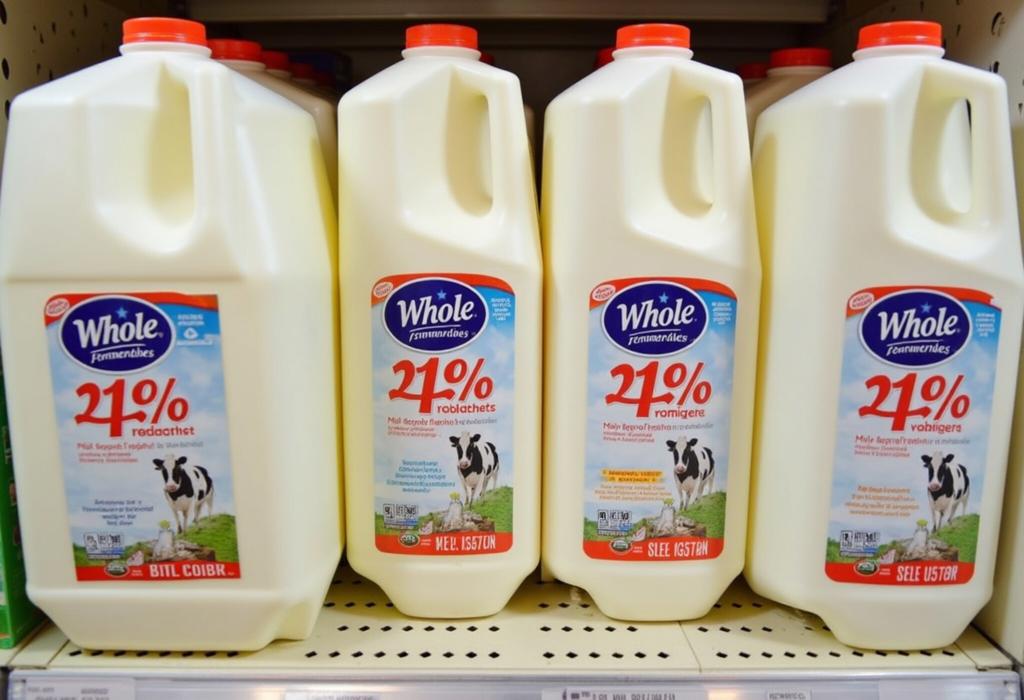In a significant development, more than a dozen years after higher-fat milk options were removed from school menus to combat childhood obesity, federal lawmakers are considering legislation to reintroduce whole and 2% milk in U.S. schools. The proposed bipartisan legislation aims to allow these milk varieties alongside the skim and low-fat ones mandated since 2012. A recent U.S. Senate committee hearing highlighted this discussion. Kim Roll, food service director for the Kenmore-Tonawanda Union Free School District, supports reintroducing whole milk, noting its nutritional value and alignment with home consumption patterns. Whole milk was initially removed to reduce saturated fats and high-calorie foods from children's diets. However, the Centers for Disease Control and Prevention emphasizes whole cow's milk's importance for healthy growth and development. Roll's district also focuses on providing healthy meals by eliminating artificial colors and additives. Republican State Senator George Borrello, a bill sponsor, argues for the simplicity and nutritional value of whole milk. He emphasizes the need to offer it alongside other options to meet diverse family needs. The proposal is pending until the state budget is approved. This initiative has sparked conversations on balancing nutritional needs and combating obesity. Schools are attempting to cater to the varying dietary preferences of students while ensuring health standards. The debate brings forth a broader discussion on nutritional policies in educational institutions and the role of government regulations in shaping them.
AD
AD
AD
AD
Bias Analysis
Bias Score:
20/100
Neutral
Biased
This news has been analyzed from 24 different sources.
Bias Assessment: The article presents a balanced view by including perspectives from various stakeholders involved in the debate over reintroducing higher-fat milk in schools. While it highlights the push from some lawmakers and school officials, it also mentions the original reasons for the milk's removal, which was combating obesity. The information is factual, but there is a slight skew towards the supporter's perspective, particularly focusing on the nutritional benefits as conveyed by proponents like Kim Roll and George Borrello. There is an absence of counterarguments or a strong representation of views opposing the reintroduction of whole milk, thus slightly hinting at a bias towards reintroduction.
Key Questions About This Article




